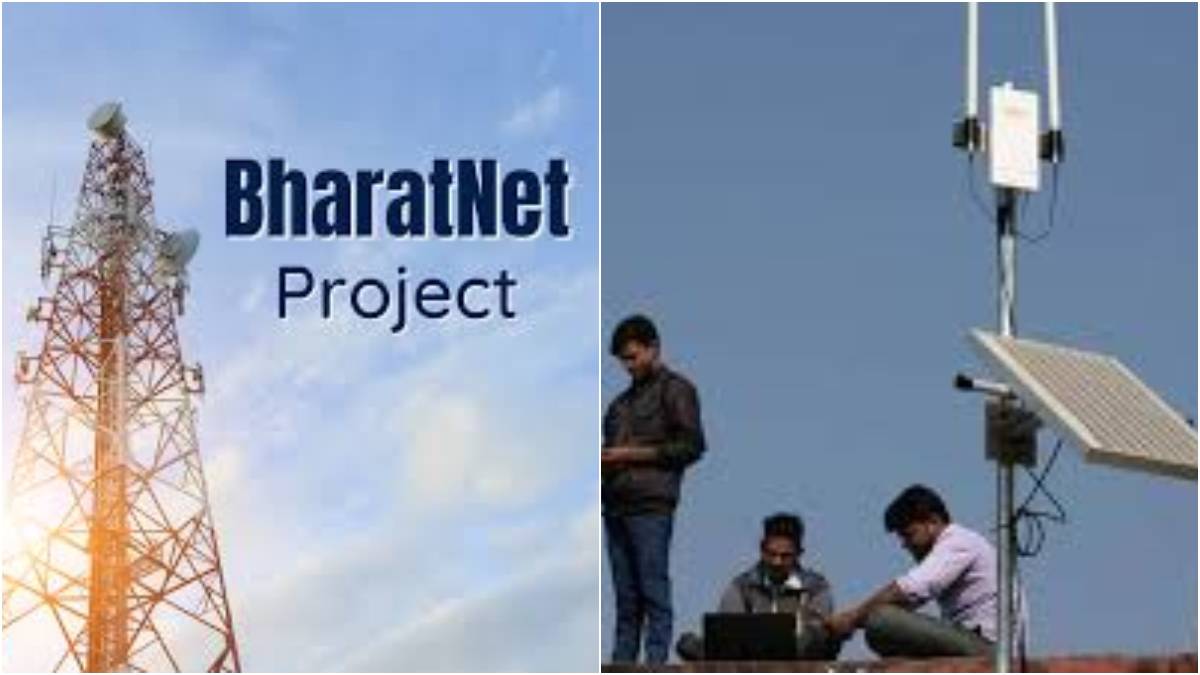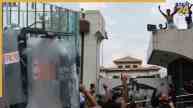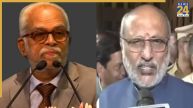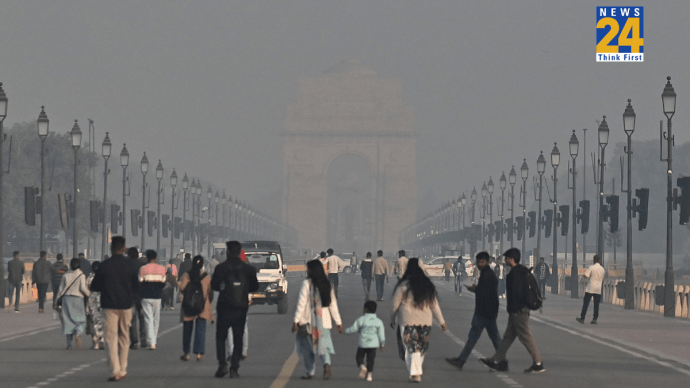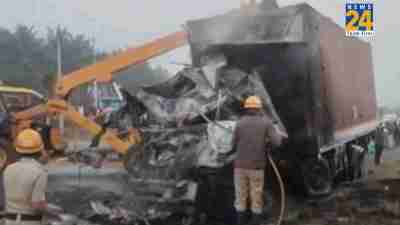Dr R K Mitra, co-founder & principal advisor at the Centre for Digital Economy Policy Research (C-DEP)
Siddharth Subudhi, senior policy analyst at the Centre for Digital Economy Policy Research (C-DEP)
On 15th of February, the BSNL (Bharat Sanchar Nigam Limited), a Government owned undertaking responsible for advancing and managing telecom infrastructure of the country, finally rolled out an RFP (Request for Proposal) inviting bids for the third phase of the Bharatnet project. In the backdrop of unsuccessful earlier projects like Bharatnet 2 and lukewarm Bharatnet 1, the industry was agog with skepticism and uncertainty of the Bharatnet project itself and many industry watchers even dubbed the fate of the project as an abandoned ship.
India’s historical entanglements with deployment of telecom projects was reason enough to doubt the success of Bharat Net 3. This is especially true with previous interventions where revenue maximization was given top most priority. While the spectrum costs in India are already among the highest in the world, there are a myriad of charges and fees from telecom operators in India. However, India’s telecom sector has grown exponentially in the past decade. We are now the second largest telecom market globally, with over 1.16 billion subscribers. Availability of data is amongst the lowest rates in the world, and this has been a critical feature for our aspirational younger generation. With so many users so suddenly, the divide between urban and rural populations was becoming more and more apparent. This is what Bharat Net is attempting to resolve. The projects repeated failures to adhere to implementation timelines left many in the government and industry dismissive.
But the unfolding events in the past few months started telling a different story. Merger of BBNL (Bharat Broadband Network Limited) with BSNL was the first tell-tale evidence of the governments resolve to consolidate the implementation machinery for the upcoming phase 3 of Bharatnet. BBNL was so far responsible for Bharatnet project implementation. By merging BBNL with BSNL, the government sent a message that it meant business so far as Bharatnet is concerned and identified now reinvigorated BSNL as the singular agency for taking forward Bharatnet.
The merger of BSNL and BBNL, with their extensive fiber networks totaling 1.3 million kilometers, is viewed as a key determinant for the success of Bharat Net. By uniting their resources, BSNL has gained control of BBNL’s 5.67 lakh kilometers of optical fiber. The infusion of INR 44,720 crore into BSNL, coupled with the streamlining of decision-making processes, is expected to improve management and rejuvenate the state-owned telecom giant. While historical challenges between the two entities are acknowledged, the potential synergy promises to create the right impetus for technological advancement, internal restructuring, and, most importantly, the expansion of high-quality broadband services to underserved rural areas. This merger reflects a concerted effort to address connectivity issues.
In the earlier phases, planned fiberisation up to blocks, but the government engaged itself in a different trajectory of connecting to the households. Here came the vexed issue of operationalization at the level ground zero. Concessionaires can obviously be wary of any such responsibility. Who will then take this pen-ultimate responsibility? Then came the concept of micro-entrepreneurs at the grass-root level. A construct was conceptualized called Udyami, and then came its challenges. Under Udyami, a local micro operator was thought to be brought in to act as the ultimate catalyst to deliver the broadband services at the doorsteps of the village households. The challenge was of economics of the concept. A micro entrepreneur at village level may be short of resources to execute at the bottom of the project. A revenue sharing model went around the corner. Thus, the Udyami was the next milestone put in place to drive the project Bharat net.
The demand side economics put a considerable amount of cynicism in the way of Bharat net. Doubts were raised about its final delivery but the government remained firm and was found to be mulling all options including subsidizing equipment like ONT and even devices at the grass-root level.
Also Read: Bizarre! Doctors Operate On Boy’s Private Part Instead Of Injured Leg; Investigation Underway
Thus, the journey has not been smooth but was rather besieged with multiple techno-commercial challenges.
With the Cabinet finally giving its approval to kick-start the project with an outlay of INR 1.39 lakh Cr. in which around INR 65,000 Cr. is understood to be for Capex and the balance is for Opex up to 10 years, all doubts came to an end.
It became evident that the Govt was serious enough to drive the project by conducting an elaborate industry consultation on the draft RFP. The government was conscious of taking the industry on board and went on a reasonable way to accommodate the concerns of the industry to minimize their revenue risks. This is not to say that all challenges are over.
There are few critical success factors to drive the project to its happy ends. Revenue risks associated with the earlier phases have been addressed sufficiently by the government. On payment terms, there is still a need for more efficient terms as advanced mobilization of payments is only 10% now, and this is also interest bearing – and expected to be paid back during the second year. A more efficient approach will be to revise advance mobilization to 20% and repayment should be considered towards the end of life of the project to minimize financial burden of the different contractors involved. During the Phase 1 and 2 of the project, there were some faults that were identified and these have been deputed to another agency for rectification. There is concern here as if this agency is unable to address these issues, the burden will lie with the winning bidder to rectify the faults at a predefined rate that is far below the market rate (this will make it financially unviable).
Right of Way (ROW) approvals many times are reason enough for a project to be significantly delayed. The RFP for Bharat Net 3 has stated that the approvals will be facilitated by BSNL, there is skepticism from the industry that the cryptic language in place will lead to BSNL taking their hands off when approvals are at most necessary. The challenge herein is that there is a penalty clause with delays even if the ROW approvals are delayed, and it will be up to the entity to prove that the delay was by means of ROW approval.
Also Read: Banks To Operate 5 Days A Week Soon, New Opening And Closing Times Announced
The milestones of the first two phases were not realized for plentiful reasons. The government’s concerted efforts during phase 3 has given the industry confidence in achieving the carefully laid out milestones. There are also expectations that the grass-root ecosystem that Bharat Net will create will significantly increase the number of jobs created not only directly, but also indirectly with the fiberisation of every household in our country.
One can expect that having traversed an arduous but successful journey so far, Bharat net will bring a new dawn in India’s digital revolution.

